Description
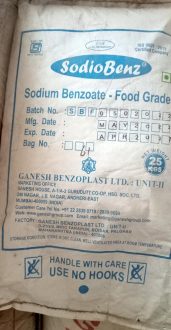 Sodium benzoate is a widely used preservative in the food and beverage industry. Here’s a detailed description of sodium benzoate when used as an ingredient in beverages:
Sodium benzoate is a widely used preservative in the food and beverage industry. Here’s a detailed description of sodium benzoate when used as an ingredient in beverages:
### **Ingredient: Sodium Benzoate**
#### **Chemical Composition:**
– **Chemical Formula:** C₇H₅NaO₂
– **Appearance:** Sodium benzoate is typically found in a white, crystalline powder or granular form that is highly soluble in water.
#### **Purpose in Beverages:**
– **Preservative:** Sodium benzoate is primarily used as a preservative to inhibit the growth of bacteria, yeast, and fungi in acidic foods and beverages, such as soft drinks, fruit juices, and sparkling beverages.
– **Enhances Shelf Life:** By preventing microbial growth, sodium benzoate extends the shelf life of beverages, ensuring they remain safe for consumption over time.
#### **Typical Concentration:**
– **Usage Level:** The concentration of sodium benzoate in beverages is typically low, often ranging from 0.01% to 0.1% by weight. Regulatory bodies, such as the U.S. FDA and European Food Safety Authority (EFSA), have set maximum permissible levels for sodium benzoate in food and drinks, usually capped at 0.1% (1000 mg/L) in most beverages.
#### **Mechanism of Action:**
– **pH Dependent:** Sodium benzoate is most effective in acidic environments (pH levels below 4.5). In beverages, it converts to benzoic acid, the active form that inhibits microbial growth. This makes it particularly useful in soft drinks and fruit juices, which are naturally acidic.
#### **Common Beverages Containing Sodium Benzoate:**
– **Carbonated Soft Drinks:** Often found in sodas and flavored sparkling waters.
– **Fruit Juices:** Used in citrus-based juices, nectars, and fruit-flavored drinks.
– **Sports Drinks and Energy Drinks:** Helps maintain product stability over time.
– **Tea and Coffee Beverages:** Some ready-to-drink teas and coffees include sodium benzoate to preserve freshness.
#### **Safety and Regulatory Status:**
– **Regulatory Approval:** Sodium benzoate is approved for use by food safety authorities worldwide, including the U.S. FDA, EFSA, and the World Health Organization (WHO). It is generally recognized as safe (GRAS) when used within the prescribed limits.
– **Health Considerations:** While sodium benzoate is safe at the levels used in food and beverages, excessive consumption has been scrutinized due to potential health concerns, such as its potential to form benzene (a known carcinogen) when combined with ascorbic acid (vitamin C) under certain conditions. However, regulatory bodies ensure that levels are kept well within safe limits to minimize this risk.
#### **Labeling:**
– **Ingredient List:** When used in beverages, sodium benzoate must be listed on the ingredient label, typically as “sodium benzoate” or “E211” (its European food additive code).
By including sodium benzoate in beverages, manufacturers ensure that their products remain safe and stable throughout their shelf life, preventing spoilage and maintaining quality for consumers.

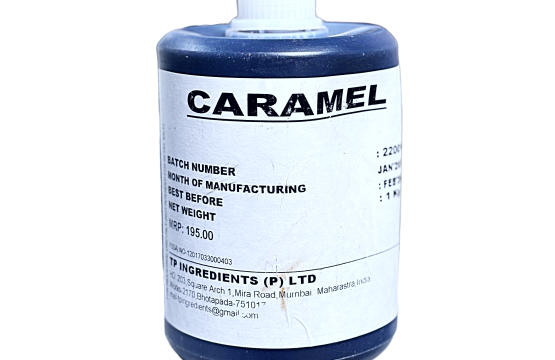
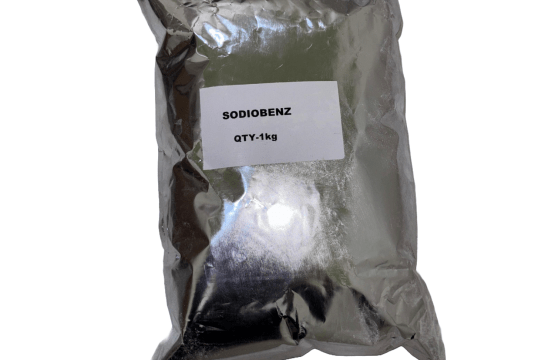
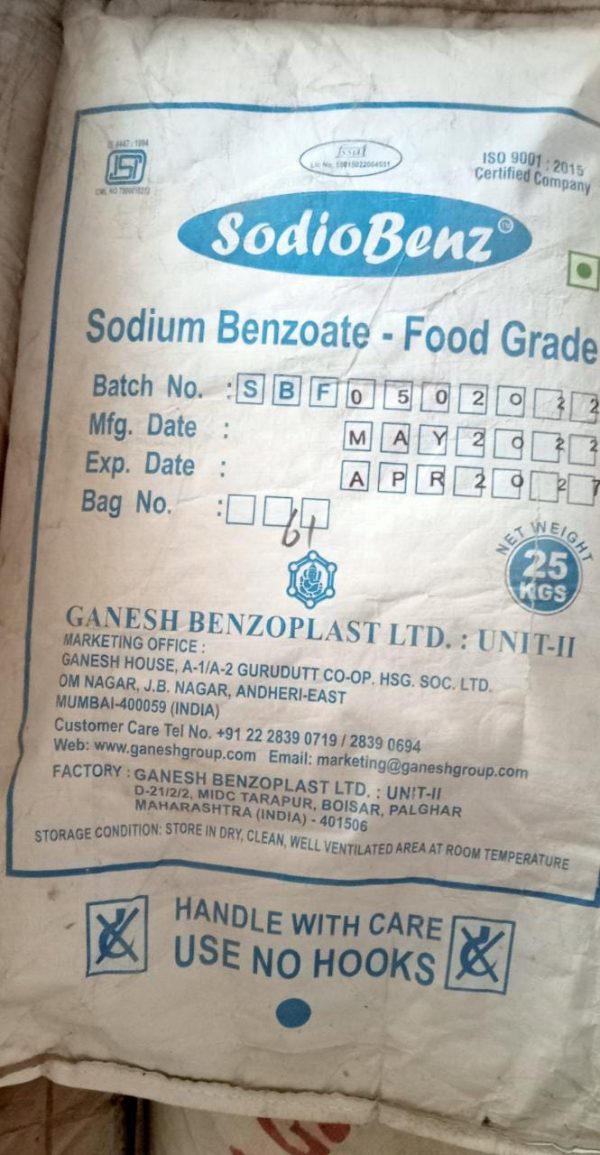

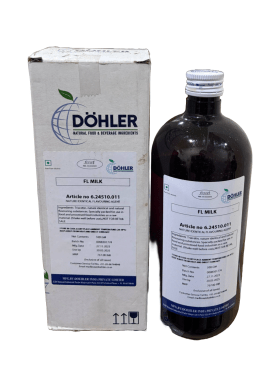
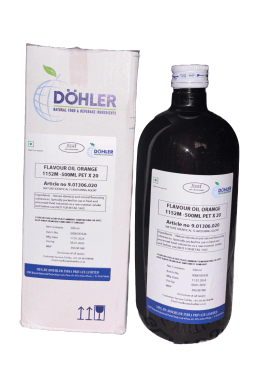
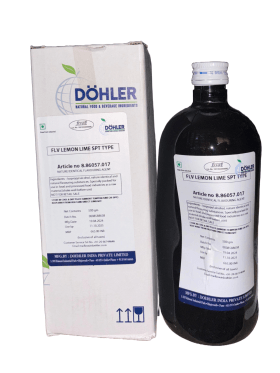
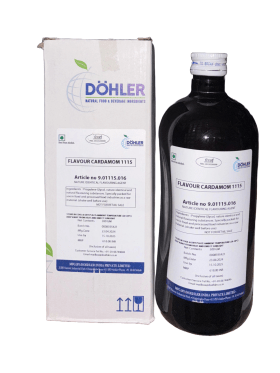
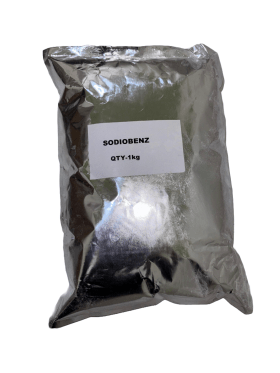 Sodium Benz
Sodium Benz 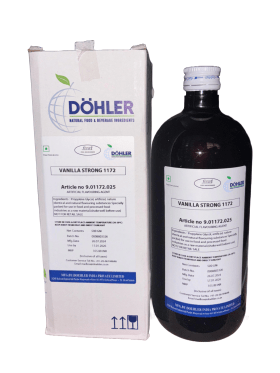 Vanilla Strong 1172
Vanilla Strong 1172 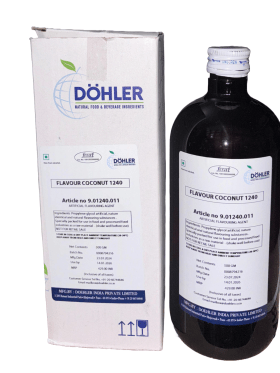 Flavour coconut 1249
Flavour coconut 1249